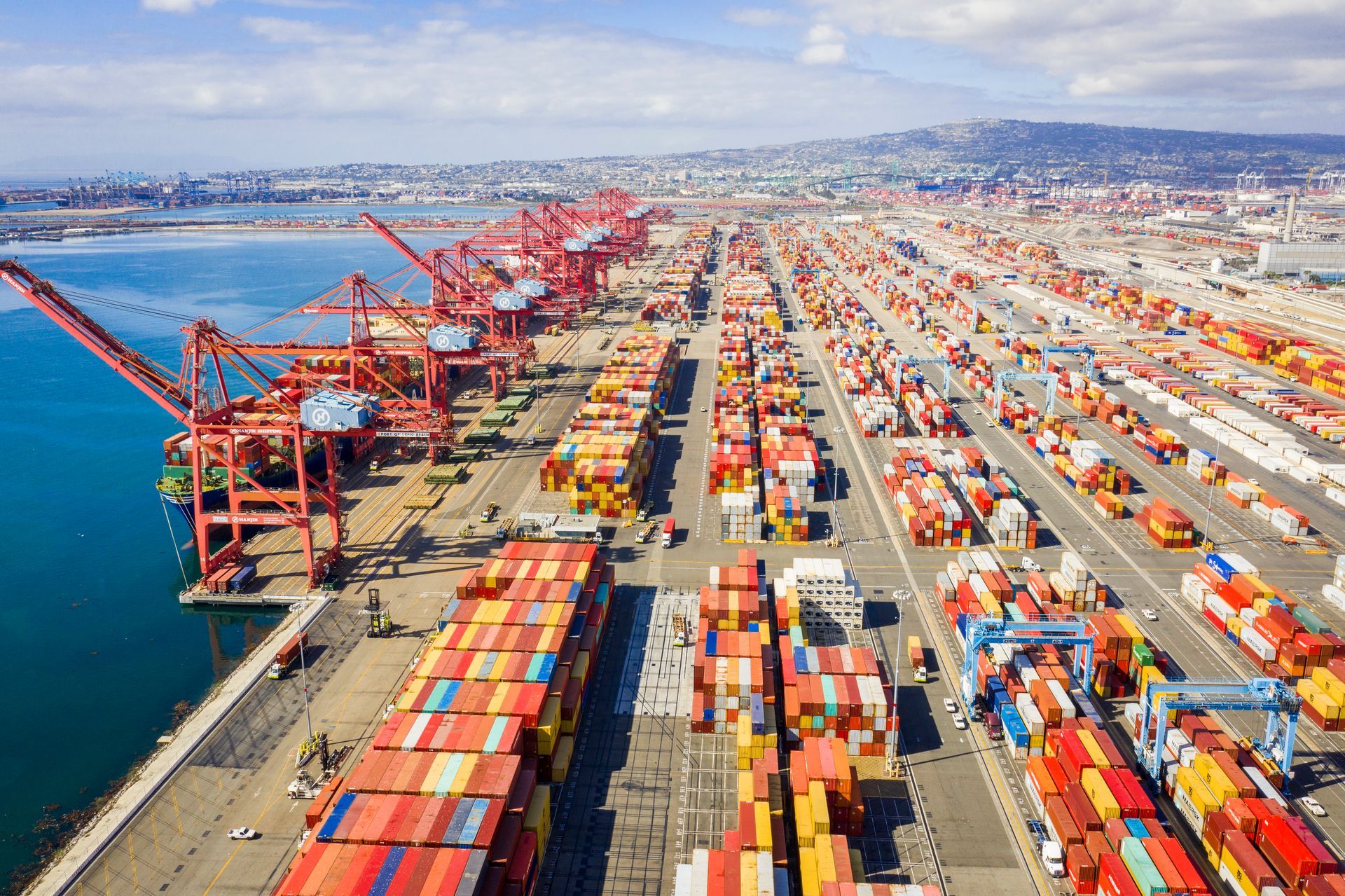The Crucial Role of Visibility in Managing Risk in the Supply Chain
Why Visibility continues be a top priority for Supply Chain leaders

In today's interconnected global marketplace, supply chains have become increasingly complex and susceptible to various risks. From natural disasters to geopolitical uncertainties, disruptions in the supply chain can have severe consequences for businesses. One key strategy for mitigating these risks is enhancing visibility throughout the supply chain. By having real-time information and insights into every stage of the supply chain, businesses can proactively identify potential disruptions, take preventive measures, and maintain operational continuity. In this article, we delve into the importance of visibility in managing risk in the supply chain.
Identifying Potential Risks:
Visibility within the supply chain enables businesses to identify potential risks and vulnerabilities. By leveraging technology solutions like track-and-trace systems, IoT sensors, and data analytics, companies can gain real-time visibility into the movement of goods, inventory levels, and production processes. This information helps in identifying bottlenecks, weak links, and potential disruptions, such as delays in transportation, inventory shortages, or supplier issues. With such visibility, businesses can proactively address these risks, develop contingency plans, and reduce the impact on operations and customer service.
Mitigating Disruptions:
Having visibility across the supply chain allows businesses to take immediate action when disruptions occur. Whether it's a natural disaster, political unrest, or a supplier failure, timely information enables companies to assess the situation, evaluate alternative options, and make informed decisions. For example, if a critical supplier is experiencing delays, having visibility into the supplier's inventory levels and production status can help a business identify alternate suppliers or adjust production schedules accordingly. By promptly addressing disruptions, businesses can minimize the impact on customer satisfaction, revenue loss, and reputational damage.
Improving Responsiveness and Communication:
Visibility in the supply chain promotes effective communication and collaboration among stakeholders. With real-time visibility, companies can share information, updates, and forecasts with suppliers, customers, and partners. Transparent communication helps build trust, enhances collaboration, and enables timely decision-making. By sharing information on inventory levels, demand fluctuations, or potential disruptions, businesses can work collectively to manage risks and find mutually beneficial solutions. Such collaborative efforts enhance the resilience and agility of the supply chain.
Enhancing Customer Experience:
In today's customer-centric marketplace, meeting customer expectations is crucial. Visibility in the supply chain plays a vital role in ensuring a seamless and efficient customer experience. Customers increasingly demand accurate and real-time information regarding their orders, shipment status, and delivery timeframes. By providing visibility into the supply chain, businesses can keep customers informed, manage their expectations, and quickly address any issues or delays that may arise. This level of transparency builds customer trust, satisfaction, and loyalty, while also reducing customer service inquiries.
Optimizing Inventory and Resource Management:
Visibility throughout the supply chain aids in optimizing inventory management and resource allocation. Accurate visibility into inventory levels, demand patterns, and production schedules enables businesses to make informed decisions about replenishment, warehousing, and distribution. With real-time insights, companies can avoid stockouts, reduce excess inventory, and optimize the allocation of resources. This helps improve cash flow, minimize holding costs, and enhance operational efficiency.
Conclusion:
In an era of increasing supply chain complexity and volatility, the importance of visibility cannot be overstated. Effective risk management requires businesses to have real-time insights into their supply chains, enabling them to identify potential risks, proactively address disruptions, and optimize operations. With enhanced visibility, businesses can respond swiftly, collaborate effectively, and ensure a seamless customer experience. By leveraging technology solutions and fostering transparency among stakeholders, companies can build resilient and agile supply chains capable of withstanding and adapting to various risks in today's dynamic business environment.



